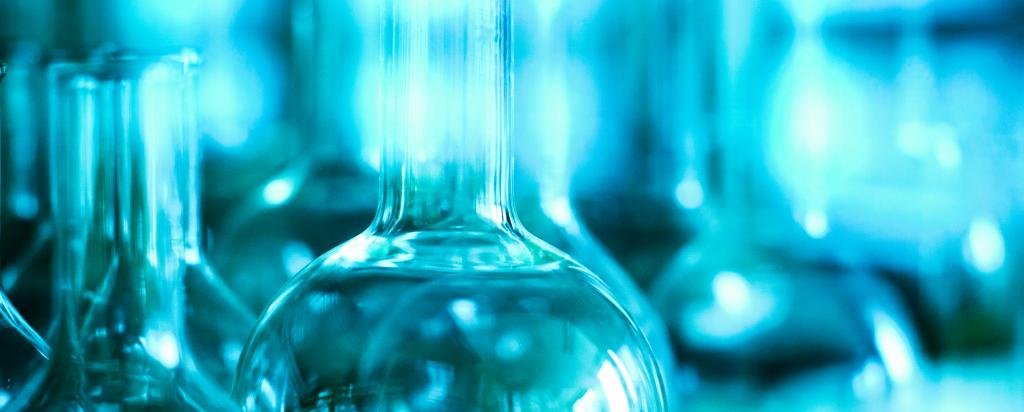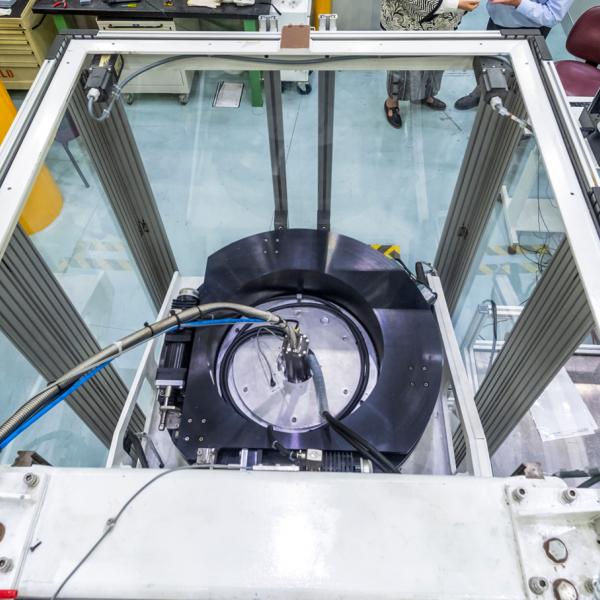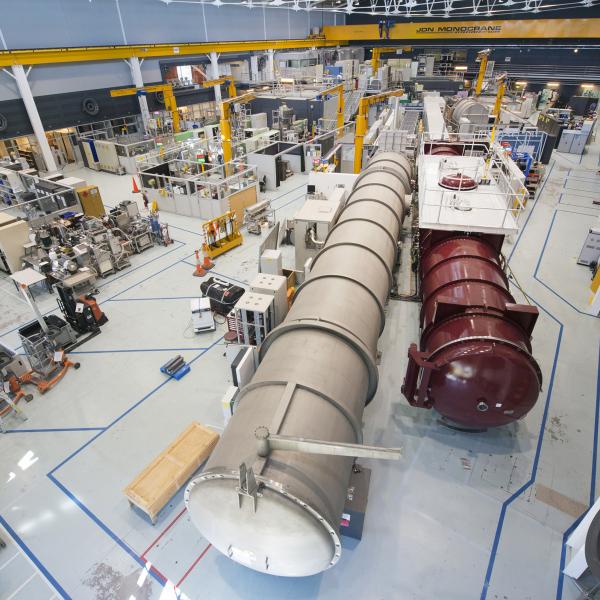
Published on the 14th October 2019 by ANSTO Staff
Low resolution Laue diffraction data from the Koala instrument was used to determine that a crystal was the first example of an elusive class of compounds that some chemists had hypothesised could exist and had been searching for over decades.
Dr Alison Edwards said that although the crystal gave one of the ugliest diffraction patterns she had ever collected, the information it contained was sufficient to confirm an important development in chemistry—the synthesis of aluminium hydride cluster.
The research was led by Prof Cameron Jones with Dr Simon Bonhady (a student at the time), at Monash University and was published in Nature Communicationsin 2018.
“It was a great privilege to contribute to this tour de force of chemistry,” said Edwards, who had collaborated previously with Jones and Bonyhady to verify the first stable magnesium +1 compound which the Jones group had published in Science in 2007.
“Because boron gave rise to a widely studied class of cluster compounds, the boranes, it was thought there ought to be analogous aluminium compounds because aluminium lies directly under boron on the periodic table,” explained Edwards.
“Although these compounds had been sought for a long time, they had previously eluded synthesis.”
The unusual electronic state and shape of the magnesium +1 compound developed by Cameron’s group gave rise to a way to create this novel compound with a cluster of six aluminium atoms and six hydrides at its core and to isolate it for chemical study.
Molecular structure of an aluminium hydride cluster. Hydrogen atoms, except hydrides, are omitted.
“Although Cameron’s group had excellent spectroscopic evidence, and high-resolution X-ray diffraction data, that suggested the hydride locations, he wanted to ensure the locations and numbers were correct. Neutron diffraction provided that evidence unambiguously. This also validated the assignment of the aluminium oxidation state,” said Edwards.
“Subsequent high-level computational studies of this compound reported in the study are also advancing our understanding of the chemistry.”
“With a single crystal of the compound, we were able to verify where the hydrogen atoms were located by detailed analysis of a series of Laue diffraction patterns.”
“With X-ray diffraction in this instance, you could see electron density features which were consistent with hydrides, but the presence of hydrogen nuclei associated with that electron density was best confirmed by neutron diffraction,” said Edwards.
“The core of the molecule has an octahedron (eight faces, six vertices) of six aluminium atoms, four of which are bridged by magnesium containing ligands. The six hydrides are each bonded to an aluminium atom with two of the hydrides not associated with magnesium ligands. The remaining four hydrides lie adjacent to the magnesium ligands. It is a remarkable molecule,” said Edwards.
There were major challenges with the neutron diffraction experiment which were conducted by Edwards and lead author Bonhady in 2012. The material is not stable in air.
After early attempts, when all the other characterisations of the material were complete, all the available material was put into a single crystallisation.
Edwards and Bonyhady spent the week trying to get a suitable diffraction pattern from what looked like nice crystals.
“Ultimately, the sample we used did not look nice, but it felt promising, much like the magnesium compound years before had, which had posed similar challenges. It was mechanically robust and yielded adequate data.”
Edwards said that her colleague Dr Ross Piltz, who was also a co-author, had undertaken the challenging non-standard data reduction employing skills he acquired in developing the software. It is now used routinely to extract data for Koala experiments.
“We were able to tell almost straight away that the diffraction pattern corresponded to the known unit cell dimensions and therefore we were looking at a crystal that was the right material, but it was a difficult job to extract the data which could then be analysed to yield the structural result.”

